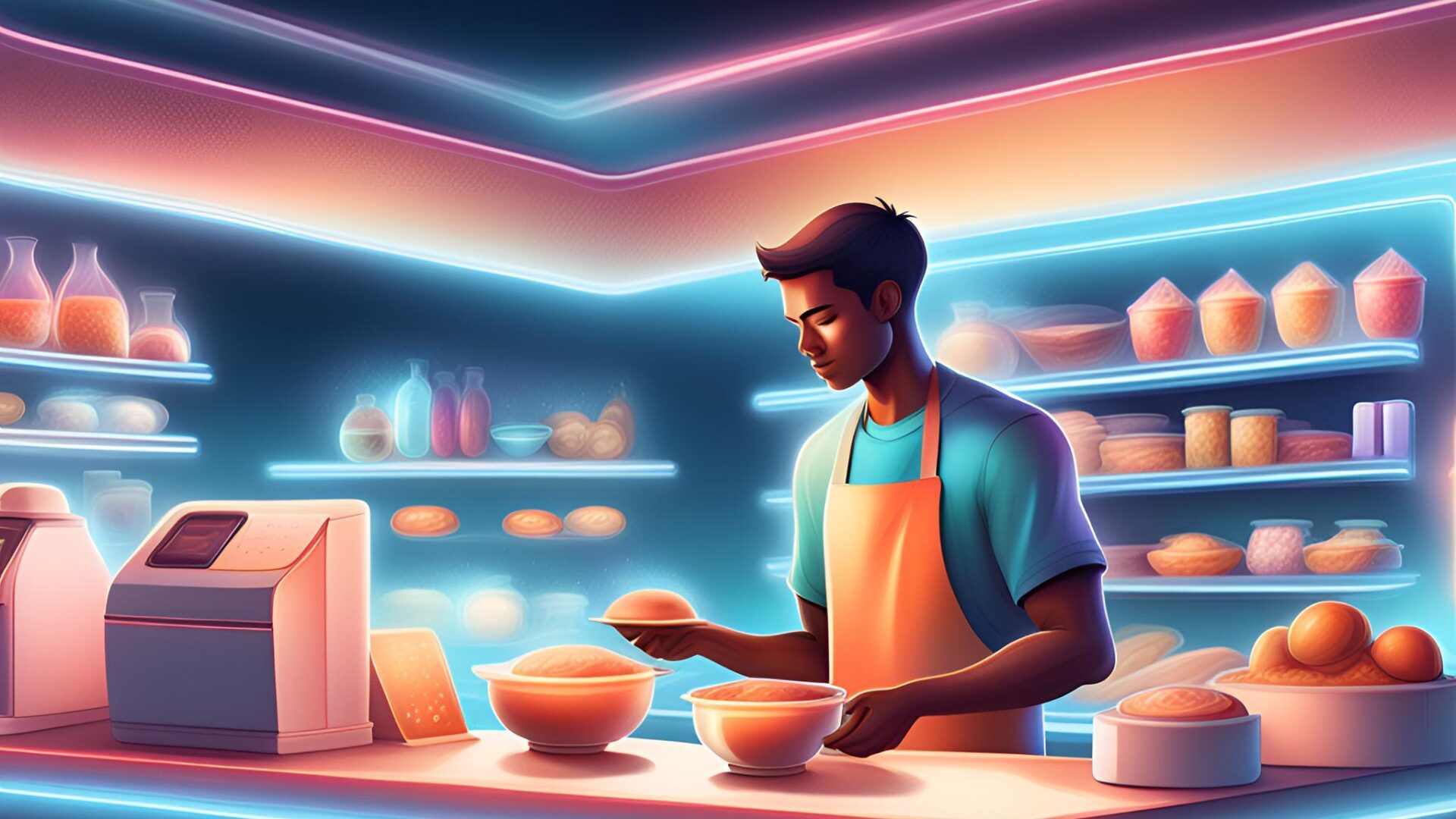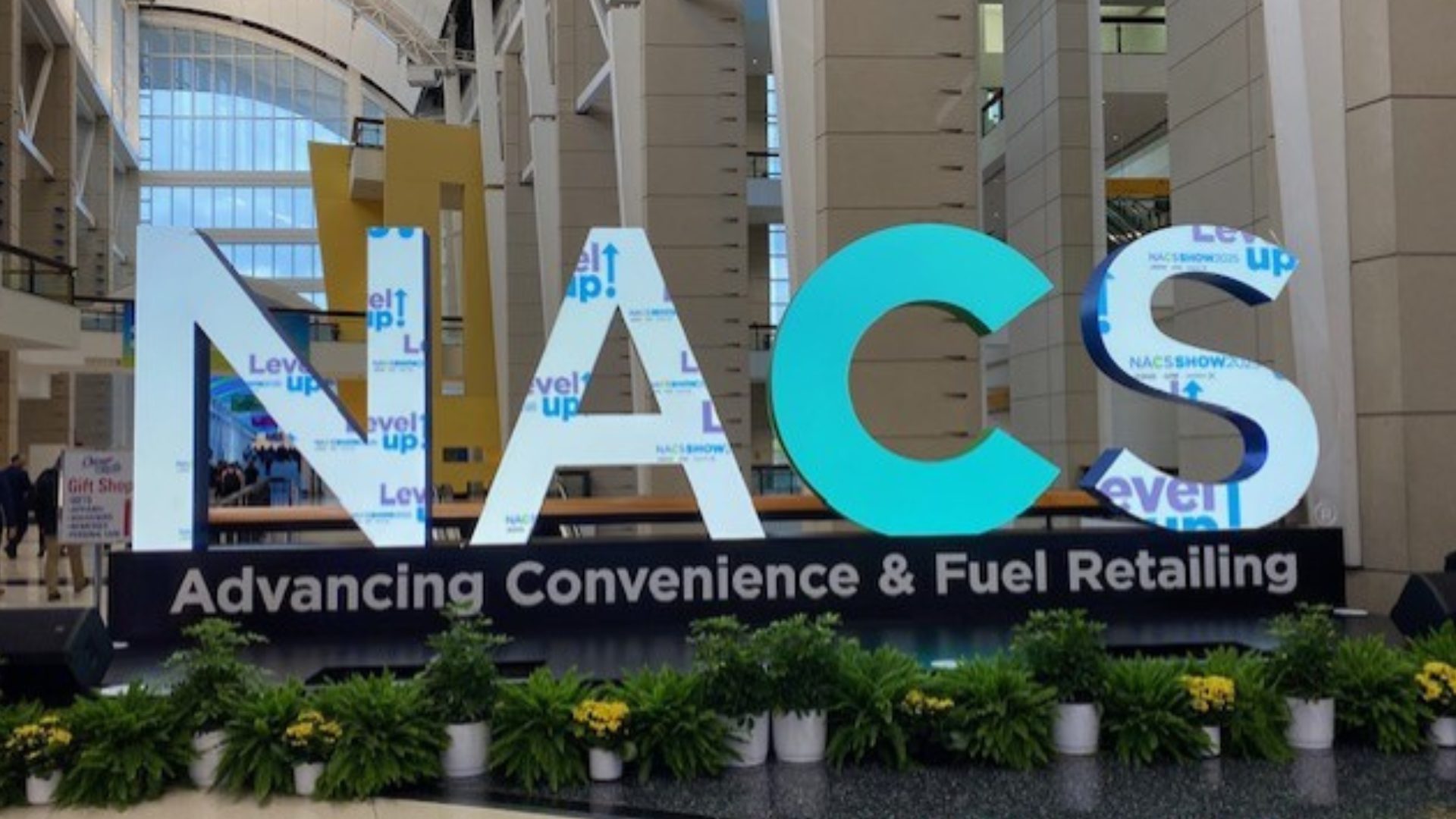Convenience stores are undergoing a makeover, with the vast majority replacing what was once viewed as “desperation” food with real – but not necessarily healthier – offerings.
The number of C-stores fell marginally last year, but they’re still doing better than grocery and drug stores. Only dollar stores made gains in the sector. To set off falling sales, long-time staples such as cigarettes and maps, C-stores are positioning themselves as alternatives to fast-food restaurants. Food-oriented C-stores have added seating and expanded their coffee menus.
The 2025 NACS/NIQ TDLinx Convenience Industry Store Count shows a 0.1% drop to 152,255 C-stores across the country, compared to a 3% drop in the number of grocery stores to 43,692 and a 3.1% drop in the number of drug stores to 38,514. Dollar stores increased their number to 39,003, up 1.5%
Convenience stores now sell 80% of the fuel bought in the U.S., the report said.
And C-stores remain a good investment for entrepreneurs, with 95,946 operated by small businessmen – those with fewer than 11 units. But they’re also big business. More than 34,042 stores were operated by owners with 500 stores or more.
“Texas continues to have the most convenience stores, growing by 112 stores to 16,416, or more than 1 in 10 stores in the United States,” the report said.
“California was second despite a decrease of eight stores to 12,169, and Florida added 46 stores to 9,732, which was third overall.,” the report noted.
Rounding out the top 10:
- New York, 7,704
- Georgia, 7053
- Ohio 5,795
- North Carolina, 5,779
- Michigan, 4,986
- Pennsylvania, 4,819
- Illinois 4,935
Census Bureau figures show there is one convenience store per 2,233 people. Non-fuel sales were up 36% from 2018, growing to $328 billion.
Delivery services, which got their foothold during the pandemic, are expanding. 7-Eleven said it would take its 7Now app national, serving up pizza, Slurpees and thousands of other items. In some areas the chain, which is owned by the Japanese firm Seven & i Holdings, has more exotic items on offer, including chicken teriyaki, rice balls and sweet chili wings.
“Our team draws inspiration from around the world to introduce new items like mangonada donuts with Tajín, barbecue pork sliders, chicken curry bowls and everything breakfast sandwiches,” 7-Eleven’s North American subsidiary said in a statement to The Associated Press.
Some C-stores have added made-to-order dinners for families, fresh deli sandwiches and customized burgers.
“It has been a decades-long journey to go from food that was perceived as desperation to destination,” Jeff Lenard, VP of strategic industry initiatives for the National Association of Convenience Stores, told the AP.
Carrie Stojack, VP of brand and strategic insights for Casey’s General Stores, the third largest U.S. c-store chain, said convenience stores are really a viable food option because of continued high prices.
“We really are approaching this like a restaurant as we always have, but more so now,” Stojack said.
Casey’s has 2,500 stores, mostly in the Midwest and South. The chain’s menu includes pizza (including Midwestern fan favorite breakfast pizza), chicken, pork and hamburgers on brioche-style buns.
1-Stop and ExpressStop, operated by Arko, has rolled out an inflation-buster: a 12-inch pizza for $4.99 for members of its loyalty program. The price goes up $3 for non-members.
The Food Institute Podcast
Amid inflation, restaurants need to get more creative to help bring customers through the door. What exactly can they do to improve traffic? André Moraes of PepsiCo Digital Lab shares how experiences, microinfluencers, and the Local Eats program can help propel restaurants in 2025.











